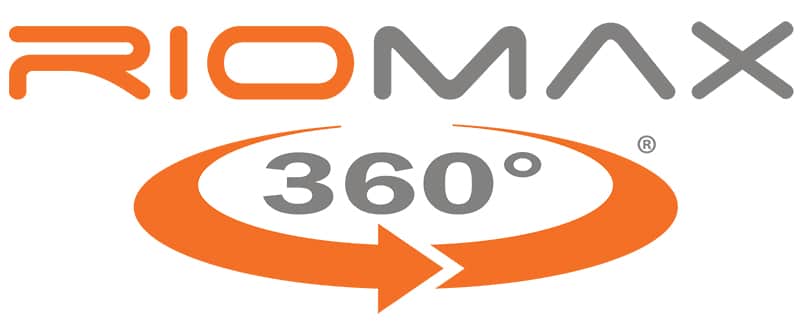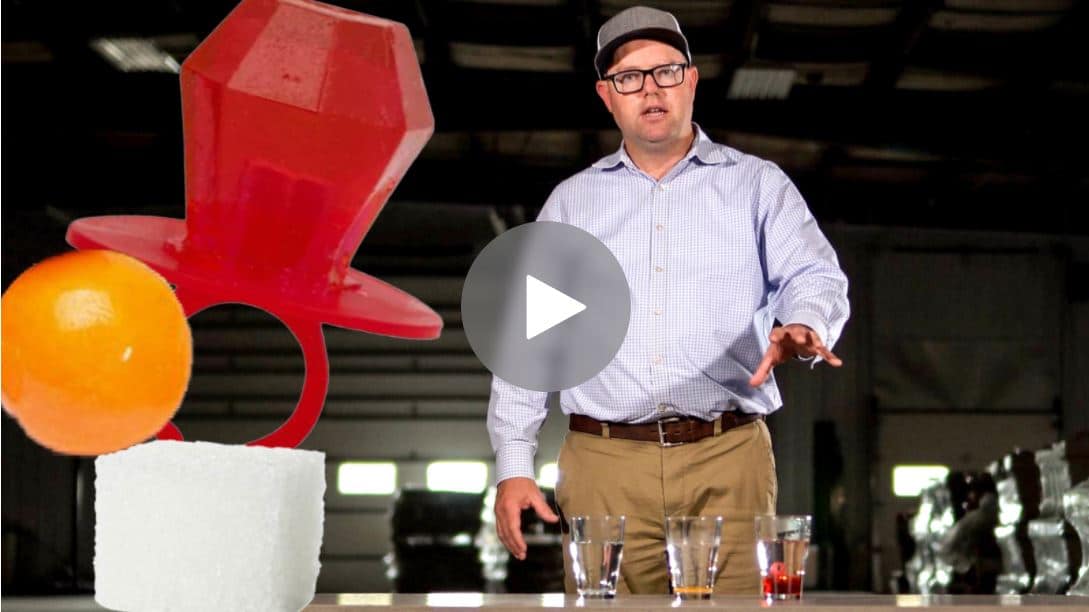Last updated on April 7th, 2022 at 02:49 pm
TO MAKE THE BEST BETTER.
When considering inputs, be it genetics or nutrition, shortcuts usually lead to the wrong road.
MEET KELLY SCHAFF
Schaff Angus Valley
Saint Anthony, North Dakota
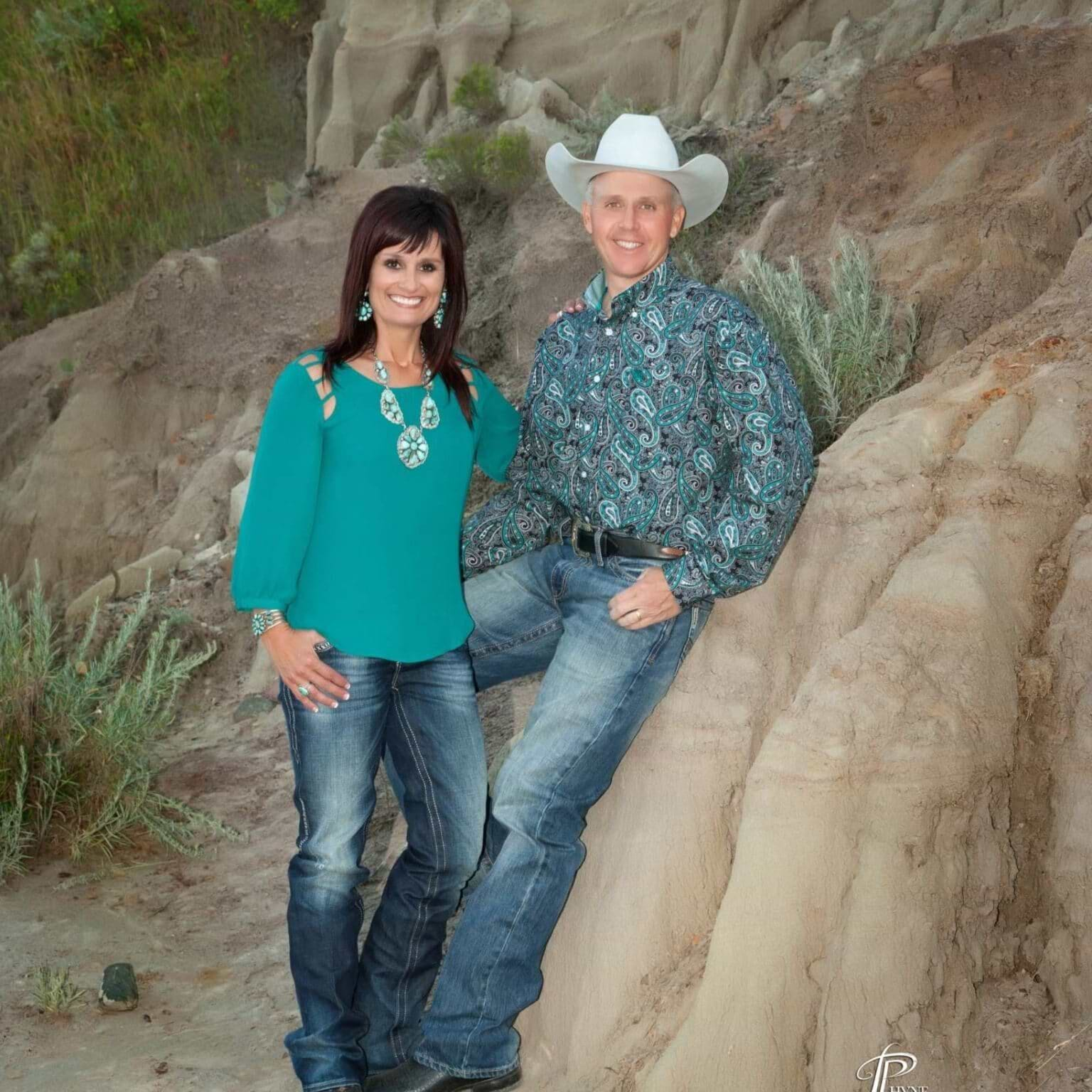
“Once someone knows a product and they know it works and they believe in it, they’re not afraid to spend. But it has to perform.”
That’s true for the genetics you buy and the fuel you put in the tank to make those genetics fire on all cylinders, says Kelly Schaff, the fourth generation Angus seedstock producer and genetics leader with Schaff Angus Valley (SAV) near Saint Anthony, N.D.
That’s a name that has become synonymous with the very best in Angus genetics. And it’s an operation with very deep roots in the Angus seedstock business. The SAV sale in February 2021 was the outfit’s 118th production sale of registered Angus cattle—the longest-running purebred sale of any breed in the world, Schaff says.
Indeed, the Schaff family was selling Angus before Angus was cool. His great-grandfather and grandfather suffered their share of scoffs and scornful looks back then. This was Hereford country and those blacks just didn’t fit in.
But then, peeking over the fence, ranchers saw what a black-baldy cow could do. No more pinkeye, no more sunburnt udders. And that baldy steer? There’s nothing like seeing the advantages of heterosis first-hand.
The demand for Angus bulls multiplied, and the Schaffs were there first. And not just with a black-hided bull, but the best that stockmanship and animal husbandry could produce.
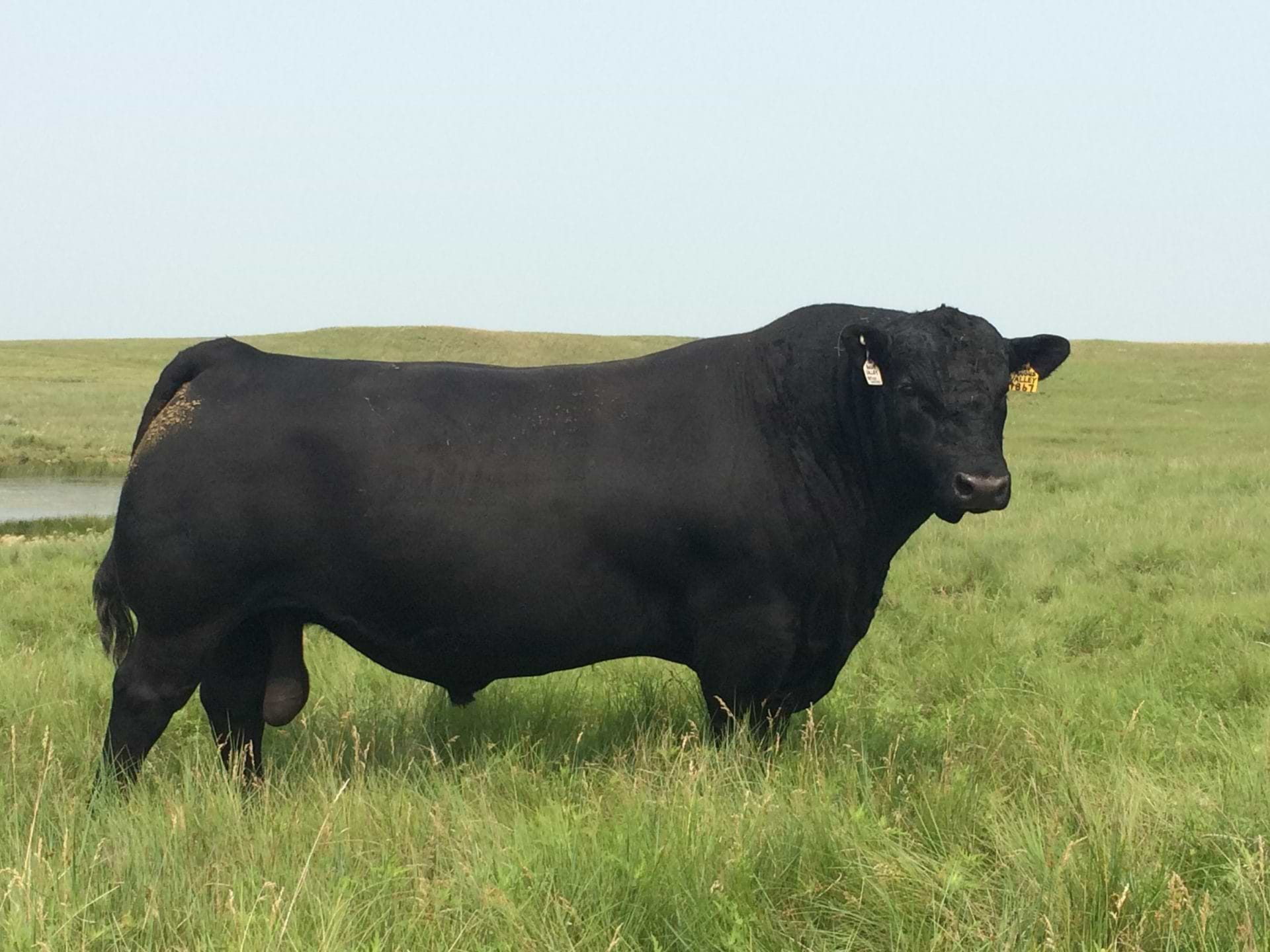
Maternal Matters
It’s been that way ever since. The cow families in the Schaff operation have been selected for and culled on both maternal quality and production quality from the beginning, which dates to 1902 when Kelly’s great-grandfather started the operation. Kelly and his wife took over in 2000, skimming the very best 100 mature cows and 25 heifers walking the hills and valleys.
Those became the nucleus of Schaff Angus Valley today. By then, however, there were plenty of Angus bulls for sale. “My thought was to really differentiate and focus on the quality side,” Kelly says.
And so he did. To make the best better, he put meticulous pressure on udders, feet, and body type, with a tandem focus on both performance and maternal characteristics.
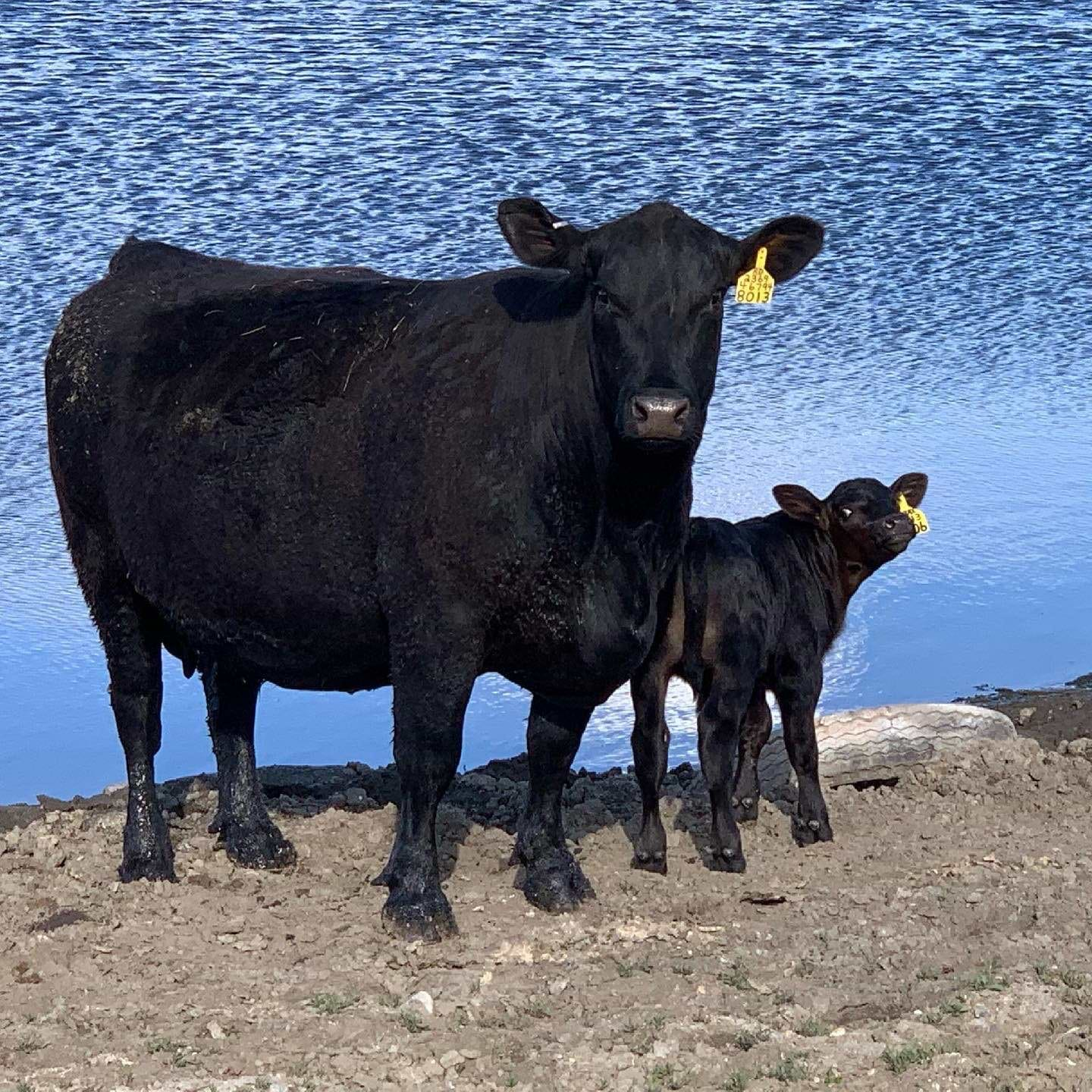
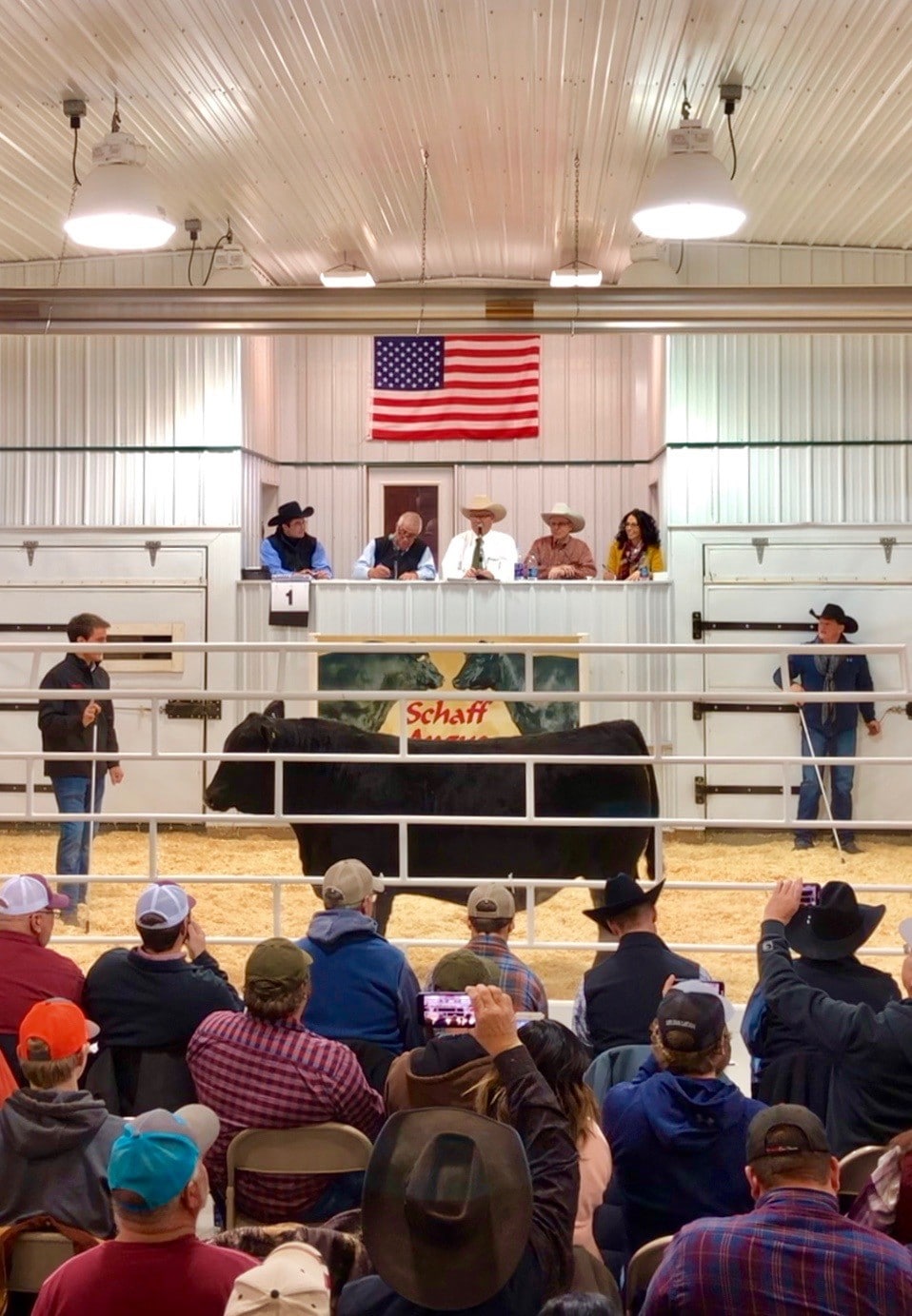
The focus on production traits is obvious. “If you use the right genetic bull and you add 50 pounds in weaning weight the first year, and that bull has 20 calves a year at $1.50 a pound, it doesn’t take very long to figure out that you can afford to spend $6,000 or $8,000 more for that bull than one that would have kept weaning weights the same.”
The maternal side is easy to see, too. After all, it takes a good cow to raise a good calf. “They need to wean a heavy calf but they need to be fertile, they need to be easy fleshing and they need to be tame and have good udders.” Those are traits that don’t always have EPDs but are important and heritable.
“If you fine-tune the mothers of the bulls, those bulls will leave daughters like their mothers,” Kelly says. “That’s one thing you can’t emphasize enough. If a bull has a great mother, he’ll usually breed circles around a bull that’s out of a mediocre cow every time.”
That 24-7 focus on producing the best genetics the breed can offer has paid off. Since Kelly took over the business, more than 100 Schaff Angus Valley bulls have found homes with AI companies. The bull Net Worth is the number one global semen sale bull of all time.
While that’s impressive and shows the breadth and depth of the genetics the SAV program produces, it’s the commercial beef producer looking to improve his herd who packs the seats every February in the Schaff sale barn.
Don’t forget the groceries...
Schaff believes in the best mineral just as he believes in the best genetics. In fact, the two are hand-in-glove. “If you want to get the conception rate that you need and keep the cattle healthy and functioning, you need a good mineral.”
And that’s where the intersection of genetics and nutrition becomes key. “Because you can have all the genetics in the world, but that’s irrelevant if you don’t have the nutrition to get them there,” he says.
Not all pastures and rangeland are the same and you’ve got to match your cows to the environment they make a living in. “But even within that environment, a solid mineral program is necessary,” he adds.
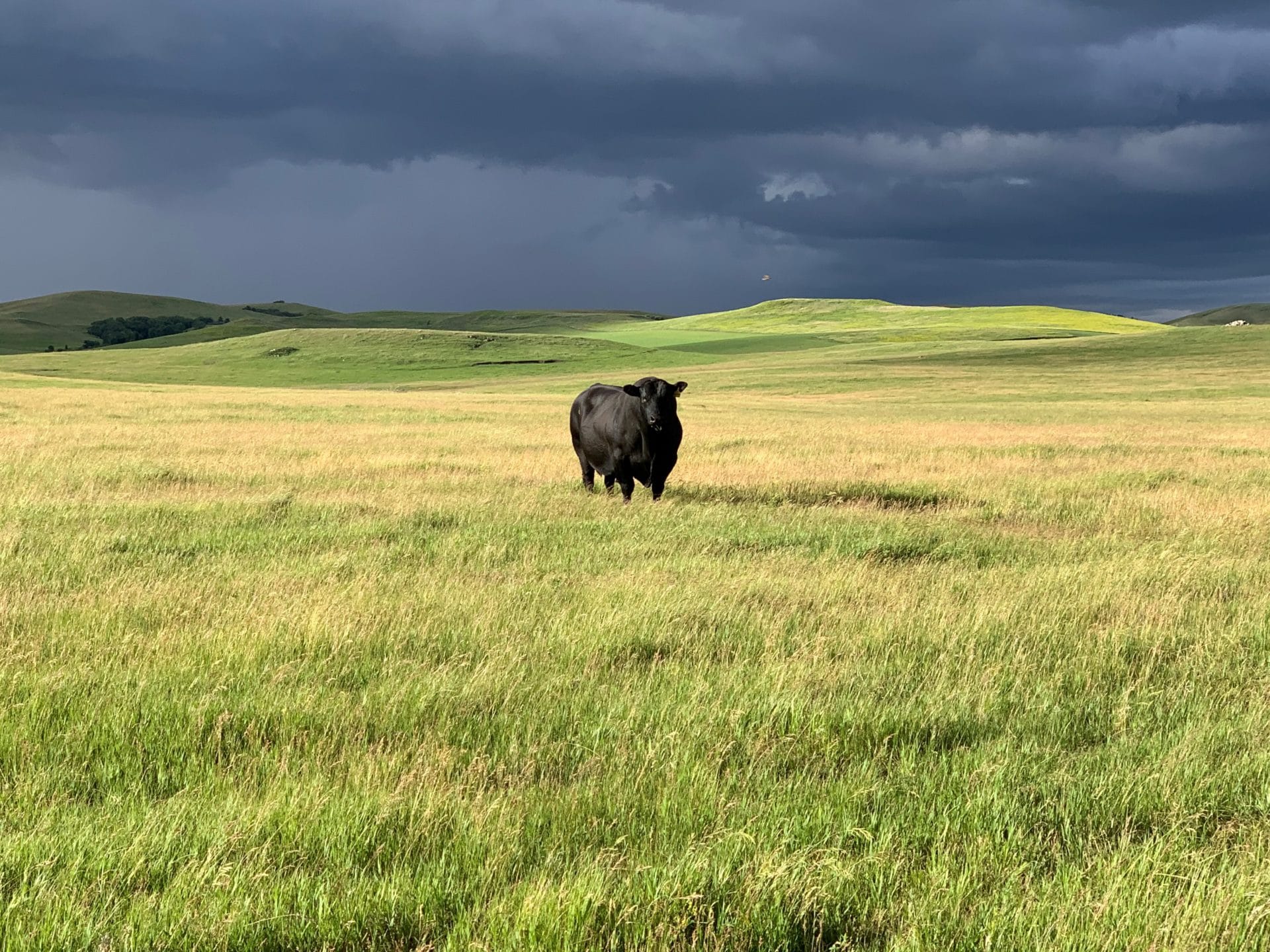
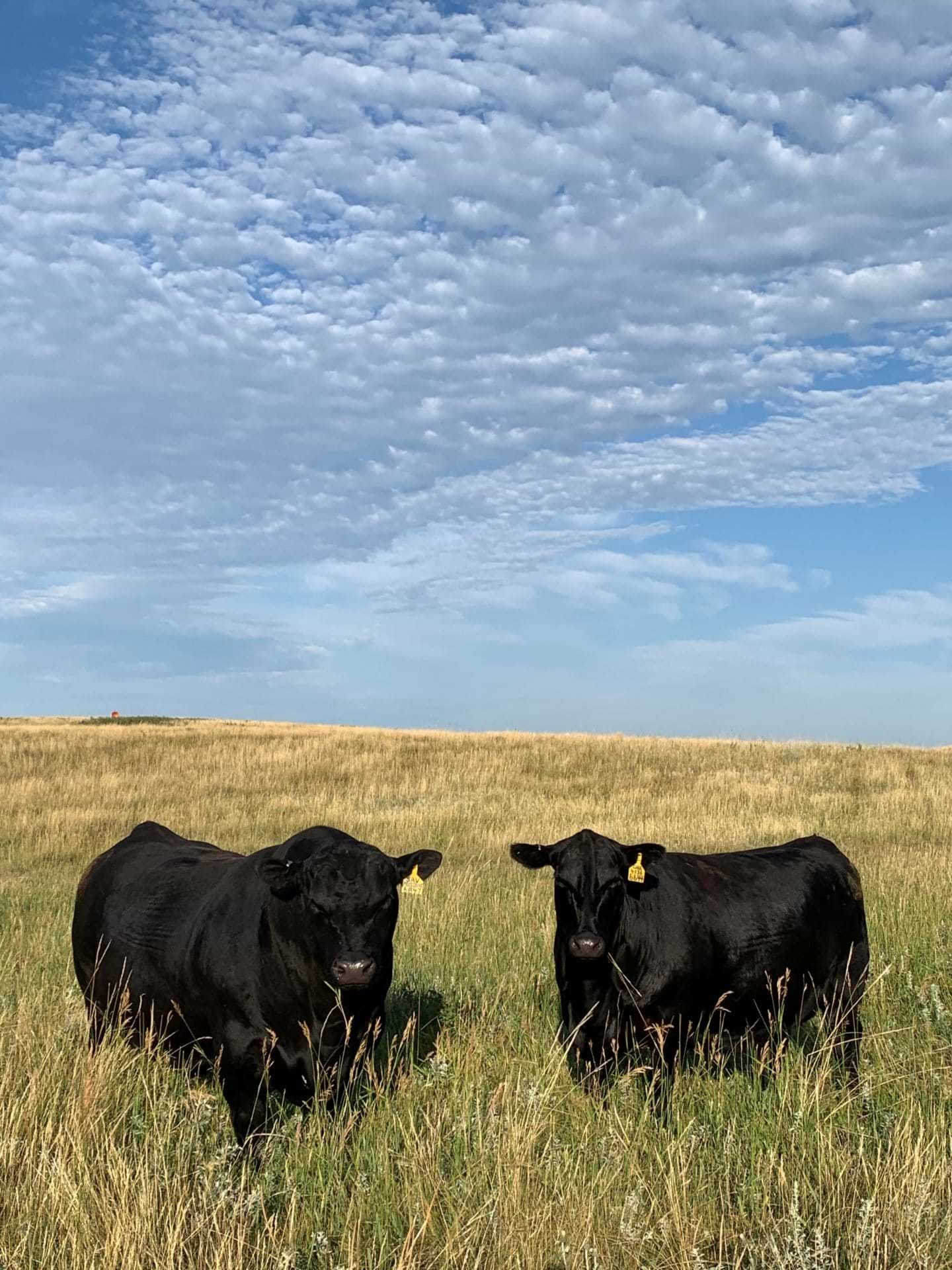
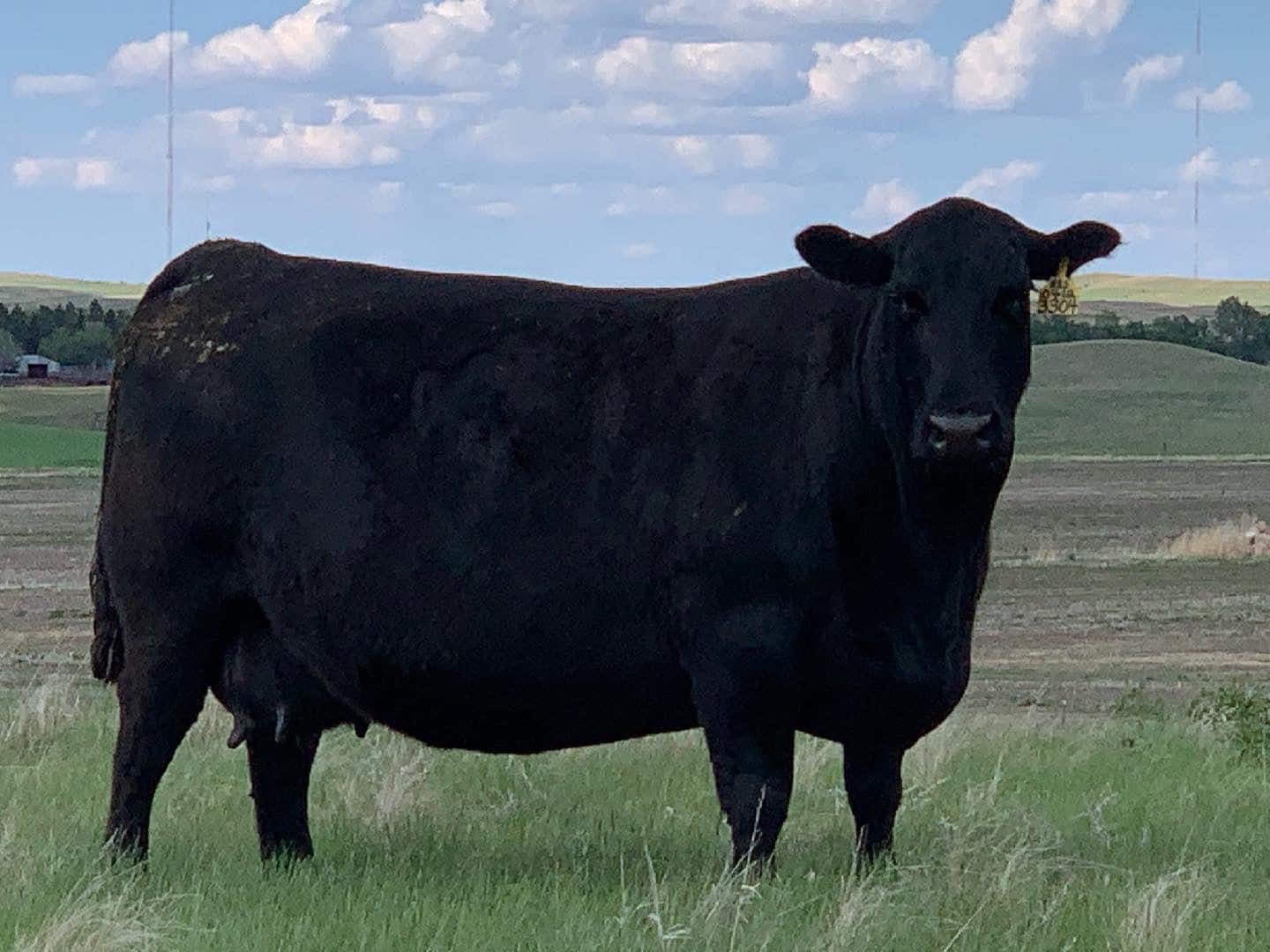
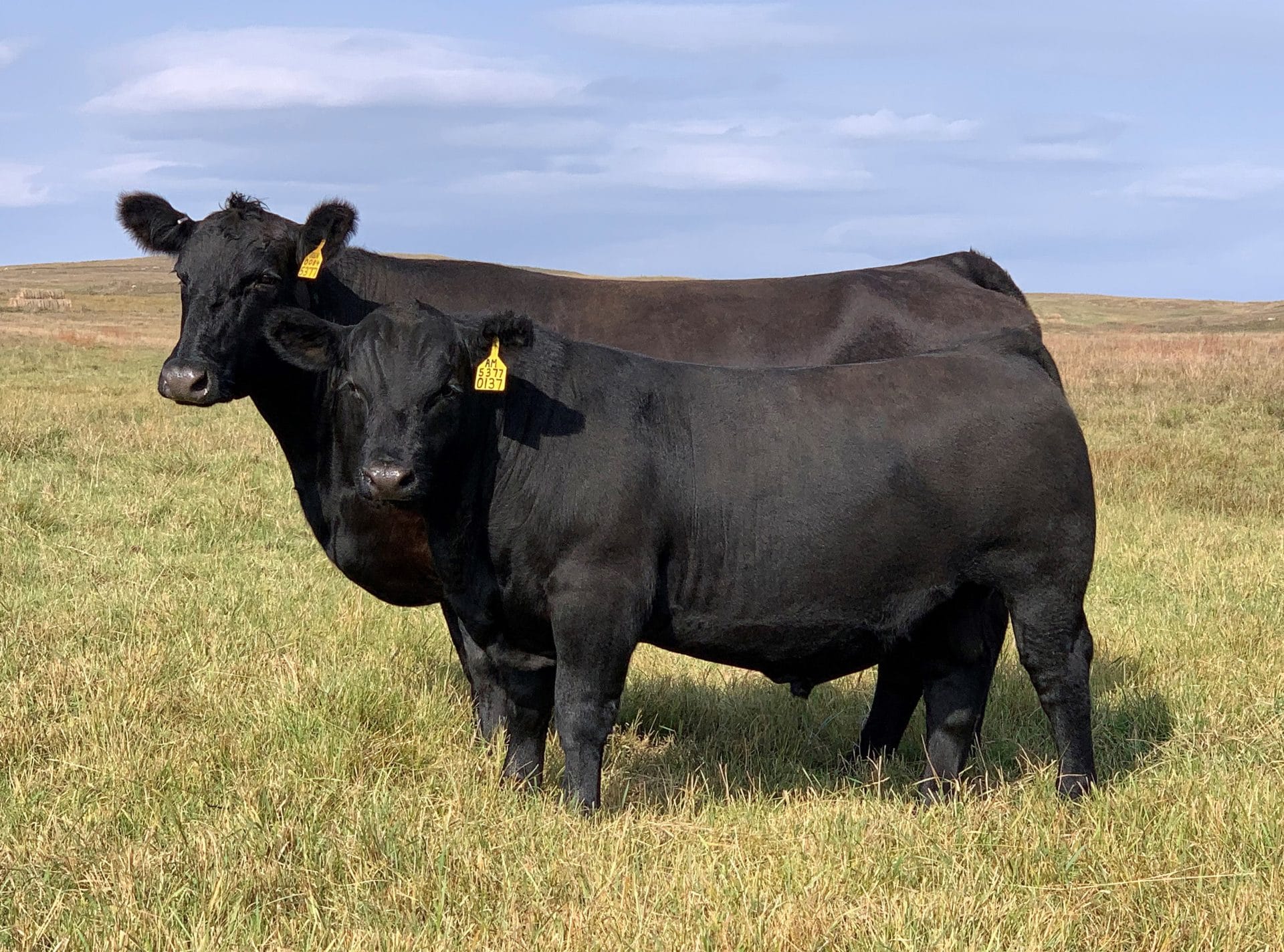
By that, he means one that’s fully chelated, not just enough so it can say so on the label. The soils in his area are high in iron and the water is high in sulfates. “So if you’re going to buy a cheap mineral, it’s not chelated most of the time. Most of the minerals you need, the zinc, copper, and manganese, they’re tied up by the iron and the high sulfur water,” he says. “So you think you’re getting a good deal, but you’re putting something out the cattle aren’t utilizing.”
Schaff likes tubs over loose mineral, even if the loose product is fed in a weather-protected feeder. “With the Rio tub, it can be rainy or snowy and you’ll always have a fresh mineral source that they’re constantly consuming,” he says. “The Rio tubs have worked well; they’re good for high-quality mineral.”
In short, quality matters. Buy an inexpensive bull and that’s what you get. Likewise, buy inexpensive mineral and you probably won’t get the return on investment you’re looking for. It comes down to cost versus benefit, he says, and a lot of people only look at the cost.
“If you use the right mineral, it’ll show up in your reproductive performance and your cattle health,” he says. “We almost never get pinkeye here and foot rot is minimal. A lot of things are mineral related.”
Schaff is not only meticulous in selecting the genetics his commercial ranchers buy, but in every aspect of his herd. “We try to be meticulous on the nutrition aspect and our vaccination protocol and everything from animal husbandry to keeping cattle content and healthy and matching their needs,” he says. “But you have to do that in a practical sense because you’ve always got to address that anytime you use inputs.”
It’s a management philosophy that has worked for Kelly Schaff. “It’s treated us well, but it’s a full circle. Yes, genetics are paramount because to me, first and foremost you have to have genetics. But it’s got to be matched with nutrition and animal husbandry and herd health and all the things you need to materialize those genetics.”
That and having a product that works for your customers.
Written by Burt Rutherford, Former Senior Editor at BEEF Magazine


